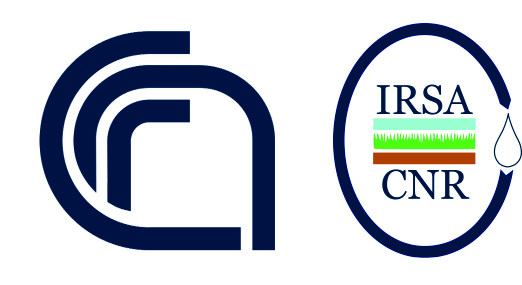Scheda di dettaglio – i prodotti della ricerca
| Dato | Valore |
|---|---|
| Title | EFFECT OF FEED LENGHT ON SETTLEABILITY, SUBSTRATE UPTAKE AND STORAGE IN A SEQUENCING BATCH REACTOR TREATING AN INDUSTRIAL WASTEWATER |
| Abstract | The paper compares the performance of two Sequencing Batch Reactors (SBRs) treating the same industrial wastewater (composed of formic acid, ethylene glycol and methanol) operated at two different lengths of the feed. The two SBRs were operated in parallel under the same conditions of organic load (0.85 gCOD l-1 d-1) and sludge age (about 10 d), the only difference being the length of the feed: less than 1 min vs. 5 h. In this way the conditions of a plug flow reactor and of a completely mixed reactor were simulated. The two systems were compared on sludge settleability (related to filaments abundance and floc morphology), substrate uptake rates and polyhydroxyalkanoates (PHAs) storage rates. The main difference between the two systems was in the settling properties of the sludge: both SVI and effluent solids were higher in the system with slow feed. With regard to filamentous microorganisms, even though both reactors were inoculated with the same sludge with high concentration of filaments, they were rapidly washed out from both systems. Microscopic observations showed that the reason for the different settling properties of the two sludges was in the floc structure, which was more compact in the system operated with fast feed. These data support the theory of the role of diffusion inside the flocs in determining the settling properties of the sludge. The maximum substrate uptake rates and PHA storage rates were similar in the two systems, showing that also the microorganisms grown at a constant and low substrate concentration were able to quickly increase their activity and to store PHAs when in the presence of a sudden change in substrate concentration. |
| Source | Environmental technology 27, pp. 901–908 |
| Keywords | filamentous bacteriaSBRSETTLING PROPERTIESSTORAGESUBSTRATE UPTAKE |
| Journal | Environmental technology |
| Editor | Taylor & Francis, Abingdon, Regno Unito |
| Year | 2006 |
| Type | Articolo in rivista |
| Authors | DIONISI D.; MAJONE M.; LEVANTESI C.; BELLANI A.; FUOCO A. |
| Text | 42114 2006 filamentous bacteria SBR SETTLING PROPERTIES STORAGE SUBSTRATE UPTAKE EFFECT OF FEED LENGHT ON SETTLEABILITY, SUBSTRATE UPTAKE AND STORAGE IN A SEQUENCING BATCH REACTOR TREATING AN INDUSTRIAL WASTEWATER DIONISI D.; MAJONE M.; LEVANTESI C.; BELLANI A.; FUOCO A. DIONISI D., MAJONE M., BELLANI A., FUOCO A.,Dipartimento di chimica, Universita di Roma La Sapienza,p.le Aldo Moro 5, Roma Italia The paper compares the performance of two Sequencing Batch Reactors SBRs treating the same industrial wastewater composed of formic acid, ethylene glycol and methanol operated at two different lengths of the feed. The two SBRs were operated in parallel under the same conditions of organic load 0.85 gCOD l 1 d 1 and sludge age about 10 d , the only difference being the length of the feed less than 1 min vs. 5 h. In this way the conditions of a plug flow reactor and of a completely mixed reactor were simulated. The two systems were compared on sludge settleability related to filaments abundance and floc morphology , substrate uptake rates and polyhydroxyalkanoates PHAs storage rates. The main difference between the two systems was in the settling properties of the sludge both SVI and effluent solids were higher in the system with slow feed. With regard to filamentous microorganisms, even though both reactors were inoculated with the same sludge with high concentration of filaments, they were rapidly washed out from both systems. Microscopic observations showed that the reason for the different settling properties of the two sludges was in the floc structure, which was more compact in the system operated with fast feed. These data support the theory of the role of diffusion inside the flocs in determining the settling properties of the sludge. The maximum substrate uptake rates and PHA storage rates were similar in the two systems, showing that also the microorganisms grown at a constant and low substrate concentration were able to quickly increase their activity and to store PHAs when in the presence of a sudden change in substrate concentration. 27 dionisi et al environmental technology 2006 articolo pubblicato dionisi_environmental_technology_2006_.pdf Articolo in rivista Taylor Francis 0959 3330 Environmental technology Environmental technology Environ. technol. Environmental technology. caterina.levantesi LEVANTESI CATERINA TA.P07.002.002 Sviluppo di nuovi processi di controllo dell inquinamento idrico. |
